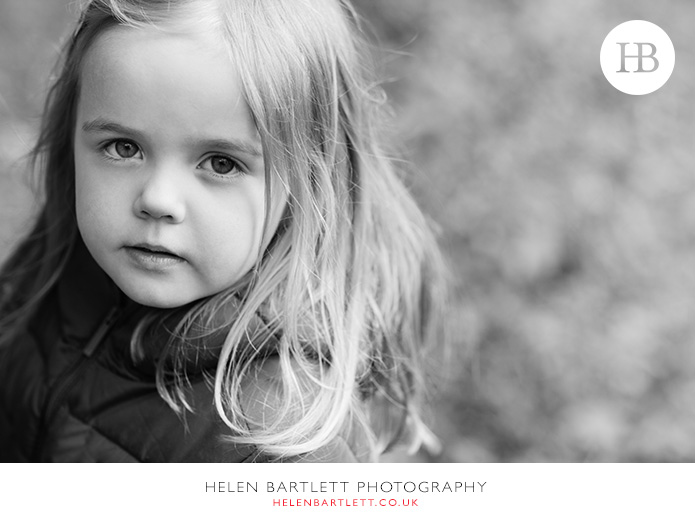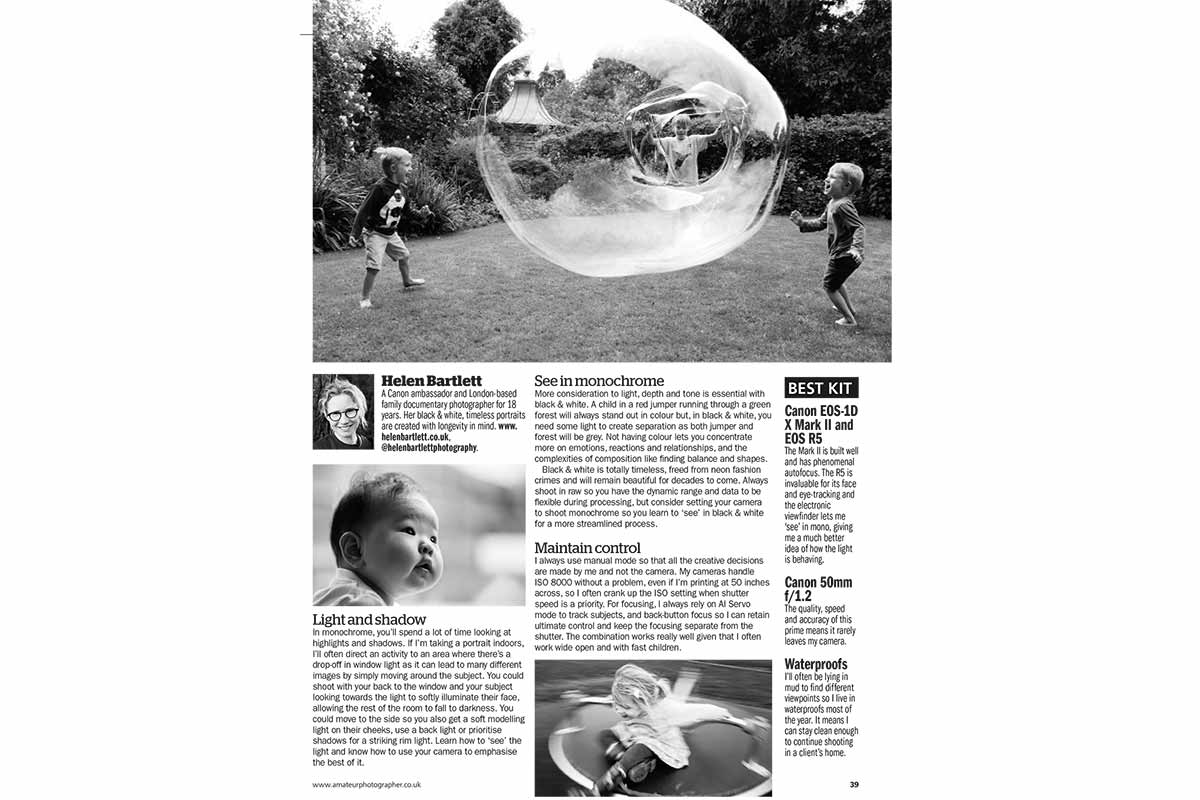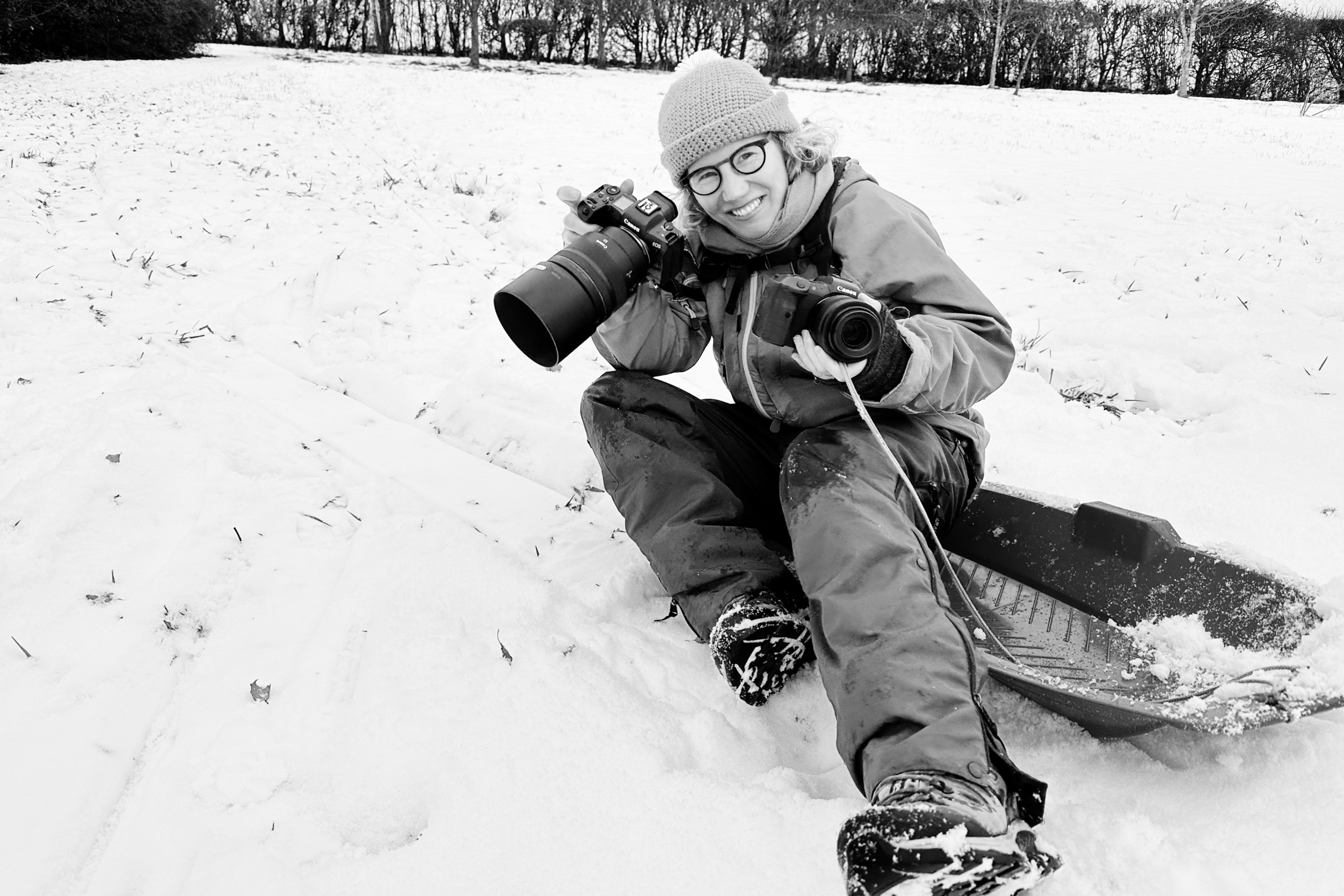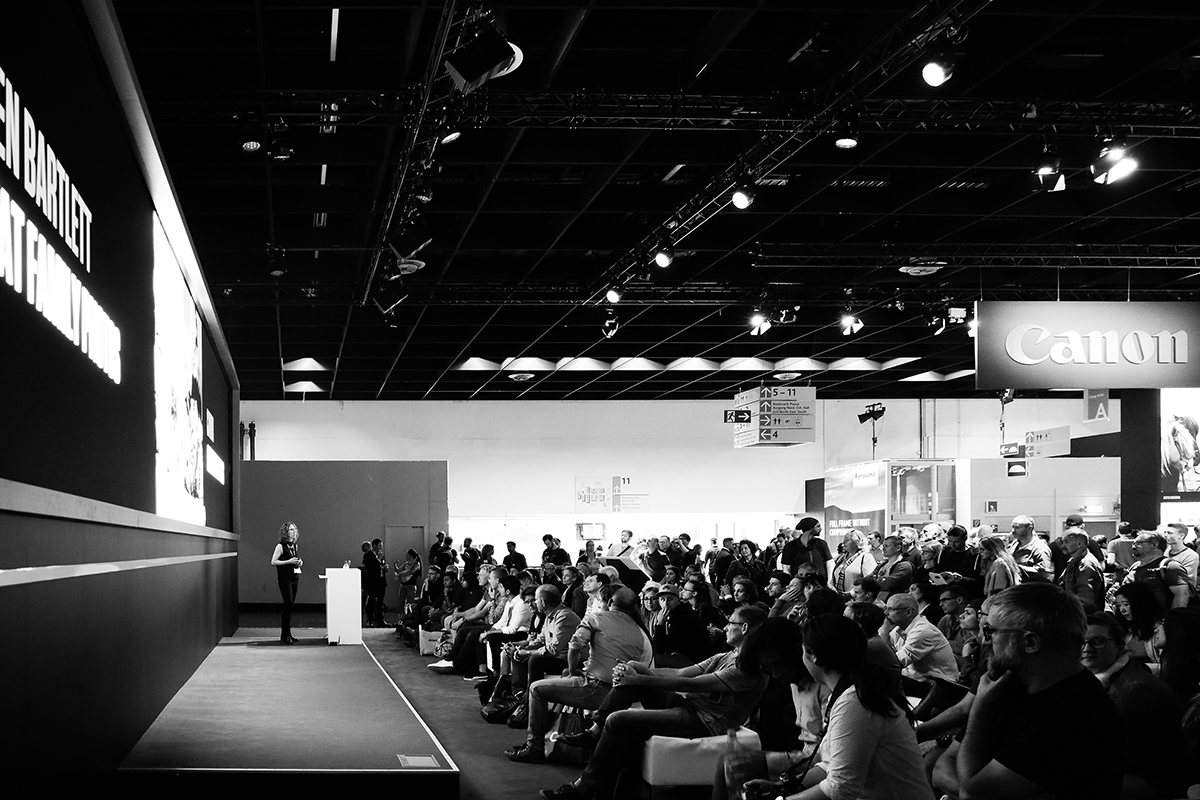Canon 1D X Mark II Review

Last week I was incredibly lucky to be given the opportunity to test the beta version of Canon’s new flagship camera, the 1D X Mark II. As one of only a handful of photographers worldwide who have been able to have a play with this pre-production version, this has been incredibly exciting for me and I’m thrilled to be sharing some thoughts on the new camera with you today.
The Canon 1D X Mark II is stunning for portraits
I’ve been shooting with 1-series cameras since the Canon 1D Mark III, so I’m already a convert to the system. I find that the build quality of the 1-series body is fantastic for location children’s portraiture as my camera does get bashed around a fair bit, and even working in London there’s a remarkable amount of sand, bubble liquid, mud and general goo that it ends up regularly covered with. The 1D X Mark II is fantastic in this regard with the fabulous weather sealing and solidity that we have come to expect from the 1-series cameras. You can knock a tent peg in with one of these!
When asked what I look for in a camera, and what would tempt me to upgrade from my current system (two 1D X bodies and numerous lenses, although usually I shoot with a 35mm 1.4L, a 50mm 1.2L and an 85mm 1.2L) then the answer is always high ISO capability and fast & accurate autofocus. My work is all done on location, in my client’s home or out and about in parks, woods and beaches. Children move around fast and are completely unpredictable, and working in clients’ homes means that the light can often be very limited. I’m thrilled that the new Canon 1D X Mark II builds upon both these key features.
Great expressions are fleeting, and to catch a magical moment you need almost magical autofocus. Children don’t stand still for a second. I shoot fairly wide open most of the time – in the region between f1.8 and f3.5 as a general rule – so the margin for error is small. I have been impressed with the 1D X Mark II’s handling in these situations. It’s very unusual for me to shoot at f1.2 – I find kids move too quickly and I miss focus, but I did give it a try and was pleasantly surprised. I imagine that if I had my lenses calibrated to the camera, the results would be even better.
I was impressed with the focusing at f1.2
I have always felt that one of the best tests for autofocus for my work is children jumping on a bed, and it’s a situation I find myself in frequently. The children are completely unpredictable when they’re bouncing, and are moving fast both up and down, from side to side and forwards and backwards. Similar to jumping on a trampoline of course, but there’s usually much more light outside. The 1D X Mark II performed very well on the ‘bed test’ and the girls loved being given an excuse to go wild, starting by jumping up and down on the bed and then burrowing into the duvet for more games. I was very impressed by the way the camera performed in this situation with high ISO’s and erratic subjects. I would not have got these shots at ISO 6400 on the 1D X. I didn’t have a C-Fast card to use, but even with my older CF cards then the burst mode seems to go on forever – even at 14 frames per second, which is fantastic for fast moving children.
shooting at ISO 6400 the 1D X Mark II did a brilliant job with fast moving children jumping on the bed
The camera’s high ISO capabilities are wonderful. I was told that ISO 6400 is the new sweet spot, and I would happily shoot at that setting all day. My clients tend to buy large framed prints and albums, so I need to know that any picture I provide will look good printed at 24” x 12” and viewed in detail. From what I’ve seen of the 1D X Mark II’s files, I’ll easily be able to do that at ISO 6400, and probably even higher settings.
I didn’t try the camera at it’s very highest settings, but ISO 16000 is very useable and I’d happily make double-page album spreads from images shot at this setting if I nailed the exposure in camera. It’s also worth noting for anyone who does a lot of retouching (and as a children’s portrait photographer I spend a lot of time dealing with my subjects’ runny noses) that it’s fine retouching at this setting too. Previously I have found that the really high ISO’s can make retouching difficult.
The two images below are shot at ISO 16000
If an exposure gets away from you, as I admit they sometimes do for me in the fast moving world of family photography, then you will be thrilled to hear that the camera keeps loads of detail in the highlights and you can rescue a lot of highlight detail in RAW – fantastic for those of us who tend to backlight our subjects and who often can’t be in control of where exactly the action is taking place. I can see this being a godsend on this summer’s sunny beach shoots.
Keeping the detail in the hair when exposing for the face can be tricky and the ability to pull back detail in the highlights is remarkable
In terms of handling. the 1D X Mark II is a dream. Yes, it’s heavy but I’m used to that and it feels very comfortable in my small hands. All the buttons are in the same place as they were on the 1D X, meaning that moving from the 1D X to the Mark II feels very natural. I’ve never been technical and I find moving between systems difficult, but this time it was just a case of adjusting my custom functions to the way that I work – such as switching the location of the back button focus button – and I was ready to go. The 1D X Mark II has one really great new control though, which is the joystick for moving focus points around has been duplicated so you can use that feature when shooting in vertical mode. This is fantastic and something that I will use a lot, because it will make shooting vertically much more intuitive.
Unexpected moments happen all the time when shooting on location – this friendly dog decided he really wanted to play with Will’s stick and I had to change all my settings quickly to get the shot. Consistency of handling between the 1D X and the 1D X Mark II is a real plus for me.
Another move forward is silent mode, which was rather inaccurately named on the 1D X. With the Mark II it’s still not entirely silent (unlike one of the mirrorless cameras) but it is quieter and I will find this useful as I photograph a lot of newborns.
I have to confess that I didn’t really try the video function, but from what I have seen it looks great and I’m sure someone much more qualified in that area will be writing about that elsewhere.
All in all it’s just the camera I expected: a workhorse that does what it needs to do brilliantly, improving on everything that was already great about the 1D X. If I could change anything it would be the price, because it’s expensive when you buy a pair, but I know I am paying for quality and that it will enable me to take photographs that would not be possible otherwise. That makes it worth it for me, and I can’t wait for my new cameras to arrive.
Indoors and outdoors, this is a fabulous camera for the fast moving, and often hilarious, world of family portrait photography
It’s been a real privilege to be able to test this pre-production Canon 1D X Mark II. If you do have any questions about shooting family portraits with the 1D X Mark II or any other things you feel I haven’t covered here then do leave a comment and I’ll do my very best to answer.































